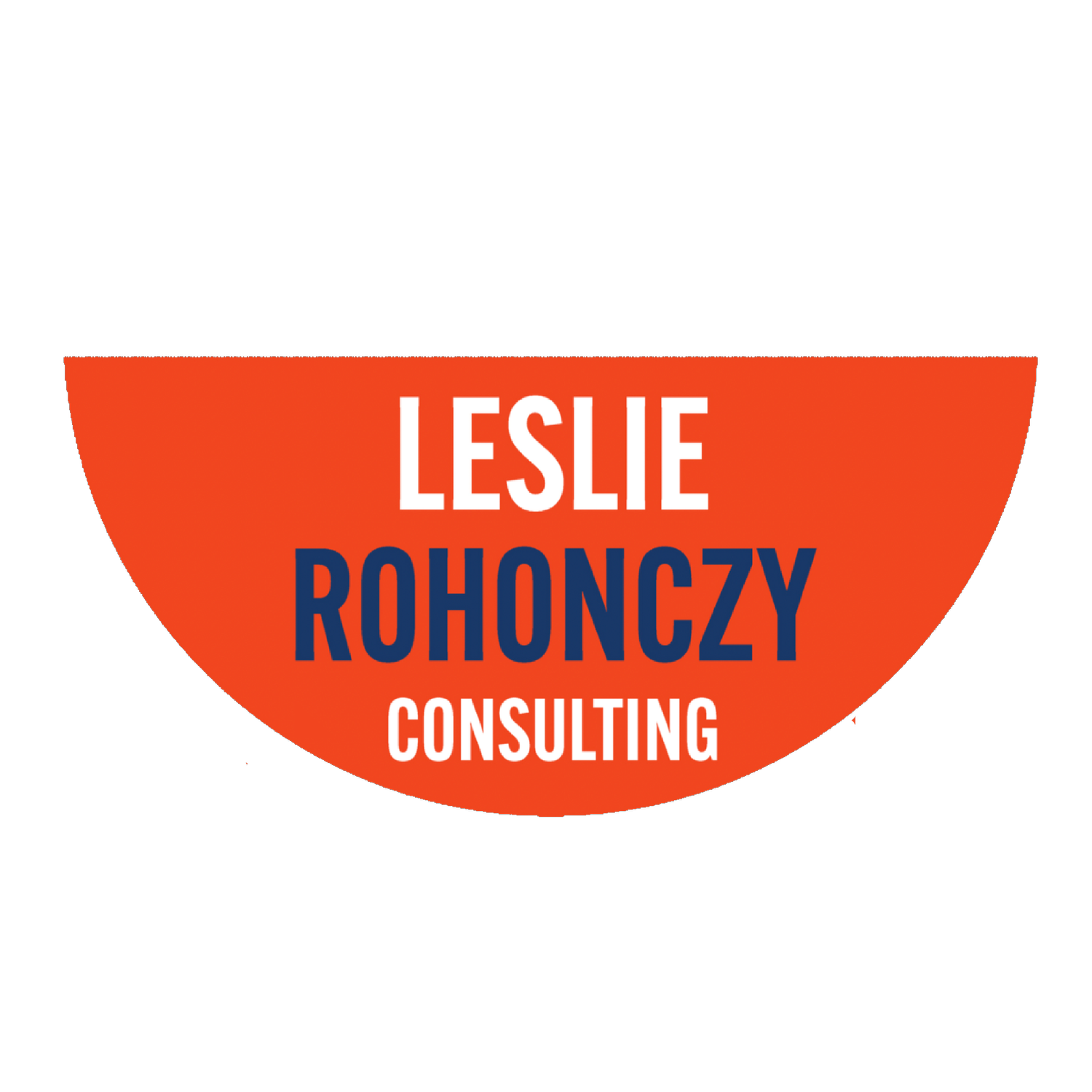By LESLIE ROHONCZY, Executive Coach (PCC), Integral Master Coach (IMC); Author of Coaching Life: Navigating Life’s Most Common Coaching Topics
Here’s an interesting lens through which to look at the role of a leader: the Impactful Leadership CH.E.C.K. List. These five high-performing leadership competencies can help employees become successful, and organizations achieve their strategic objectives.
CH | CHALLENGE WITH COMPASSION
Explore your own leadership assumptions and potential limiting beliefs: whose assumptions are they, and what’s driving them? How do you know they’re real? What evidence or proof can you find to confirm or disprove them?
What limiting belief prevents you from acting, or causes you to second-guess your decisions? Challenge processes and simplify how work gets done: are ‘old ways’ getting in the way of new growth and potential?
How might employees change the way they work to improve efficiency and effectiveness, customer experience, and their own employee engagement? How might you?
Increase the level of challenge, responsibility, and support: how might you offer employees more responsibility as a growth opportunity? What do you need to do differently during this growth opportunity, to support their learning? How can you support the decisions they make, without punishing mistakes during this learning opportunity?
E | EMPOWER WITH CLARITY
Be discerning about the important decisions that belong at your leadership level, and push decision-making down to appropriate lower levels where you can. If we’re positioned as the decision-maker for all things, we become the bottleneck that slows the team down, and our employees don’t learn the critical decision-making skills that will allows them to become decisive high performers.
Avoid overturning employee-made decisions wherever you can. One of the quickest ways to kill an employee’s trust and self-confidence is to first empower them to decide, and then to overturn it because it’s not how you’d have done it. Let them experiment and learn where possible (and it’s likely more possible than you may think) and hold them accountable for the outcomes in a positive, growth-minded way.
Facilitate the plan-do-check-adjust learning process (PDCA) by asking employees to explain how they will plan their approach, then allow them room to enact that plan, and to check their own results and invite feedback from others, and finally, to adjust their approach based on their insights. Asking questions along the way helps employees synthesize their thinking as they go, and helps you track and stay connected to your team’s work.
C | COACH WITH COURAGE
One of the most top-of-mind topics for employees is their professional development and career progression. Spending time coaching employees on how to be successful builds trust and helps them feel supported. Investing in their growth is good business.
Have courageous conversations. Don’t shy away from providing observations and feedback about what could be holding them back. We need to provide clear feedback with purpose, to help employees succeed, and we need to be even more open to receiving their feedback! Courageous conversations are a two-way street.
Connect the dots for employees to help them understand the organization’s purpose, mission, vision, and values and how their work contributes to achieving the strategic direction and core mandate. Watch for ‘orphan’ work that the employee is doing and ask curious questions about how that work connects to the team’s objectives; stay open to the answers – they may be off-track, in which case you can redirect them; or they may be exploring a new opportunity that could bring much-needed innovation.
K | KNOWLEDGE SHARING
Develop your storytelling super-power. When we can share real examples from your experiences – without making yourself the ‘hero’ of the story – you can impart the learning that really resonates (humans learn best through stories, after all).
Model what it looks like to be a ‘continuous learner’, by regularly sharing new information and a-has with employees. Sharing your personal gaps and how you’re working to close them can reinforce to the people you lead that curiosity, learning, experimenting, failing, and sharing perspectives are normal and expected parts of your team culture.
Lean into humility and seek out feedback from employees on how to become a better leader-coach for their specific employee needs. When you ask, and then receive this feedback, you may notice the urge to defend or explain. Instead, explore what was unknown, or uncomfortable – that’s where the gold nuggets are for growth as leaders. Come back to employees after reflecting on their feedback, to share insights, and to thank them for creating this new awareness!
CHECK AND ADJUST
One of the fastest and most effective ways to change a behavior or build a new muscle is by observing yourself in action, reflecting on what you intended and what results you actually noticed, deciding what minor adjustments to make, then trying again. It should be a continuous cycle of noticing and improving, rather than a ‘one-and-done’ activity that checks a box.
In addition to your own ‘noticing’, it’s also a great practice to seek feedback from employees on how you’re showing up, and what adjustments they would recommend or appreciate.
Develop a system to help you track your progress: define what you’re working on in a single sentence (e.g.: growing trust with employees), and what observable indicators you’ll watch to tell you how your development is going (e.g.: employee opinion surveys; one-on-one employee meetings focused on development, not just output; reduction in conflict requiring your intervention).



